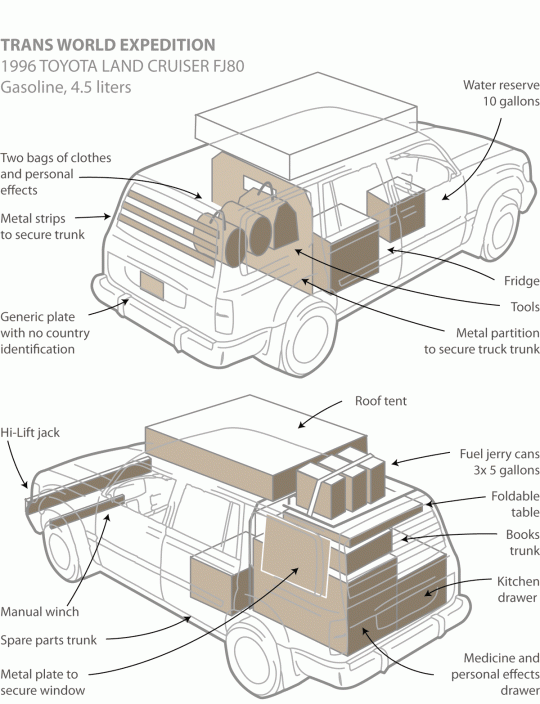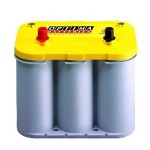
Power delivery
I built a dual-battery system, which means that you have one battery you use to start and operate the truck, and another just for additional equipment, the largest item being the fridge.
The device which manage your two batteries is called an isolator. I used this model and I am happy with it. You need to choose carefully what battery you want to run your equipment. I originally went with a DieHard Marine battery which I paid $220, but since it did let me down after few months, I would now go with an Optima 8012-021-FFP YellowTop Group 34 Deep Cycle Battery
You also need an inverter to charge camera batteries, laptop or cell phone. There are a lot on the market, and I never had a problem with this one which cost less than $50.
To monitor my batteries, I have one of these guys. Cheap and useful.

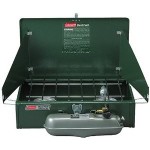
Cooking equipment:
I have a whole drawer dedicated to food and cooking equipment. I just use regular cooking gears you will find for cheap anywhere in the world. The one thing you need when going for a long expedition is the Coleman dual fuel stove. It allows you to cook with gasoline you get in any country. Fill up your car, and then fill one of these little gas can
. You are all set for weeks of cooking. The stove can be find in the $80-$100 range.
A fridge for your truck can be expensive. If I had the dough I would have gone for a ARB one. But I had to save, so I found out that EdgeStar were doing small fridges. You can usually find the kind I have on ebay for $450, which is half the money you will spend if you go with a 4×4 brand.
You also need a lot of water for cooking and clean the dishes. I used this water container, and also one of these very useful siphon hose
.
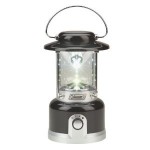
Camping equipment:
Tent: I went with the Camping Lab rooftop tent because it was the cheaper you can get on the market. And after many months sleeping in the tent, I still have no problem with it. The model I have can accommodate three, but I could have gone with a smaller model. Prices start at $725, and Fernando who sell them is a nice guy who will help you out with questions you may have.
Lights: I have a good experience with the Coleman lanterns. I would recommend the LED rechargeable ones because it gives me a way better autonomy than the other I have. And at under $50, both lanterns are around the same price. Anyway, make no mistake, light is very important, and you should have at least two lanterns. If I had the choice now, I would probably go for the dual fuel lantern these guys sell. I hear it makes a bit of noise, but for cooking outside, it seems perfect. Plus you don’t have to remember to charge the lantern all the time. One thing to remember is you will have hard time to find parts for these items if something break during your trip.
For the sleeping bags, you can go with whatever you like. Just be careful to take one that will dry quickly. Some cheap bags are heavy and will take a long time to dry. Also, if the bag is not too big, you can fold the tent with the bag open inside, so you save some precious space…
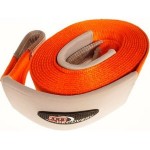
Car support:
Fuel: I didn’t have the $1,500 to buy an additional fuel tank people usually mount under the truck. So I just went with regular gas cans of this type. Three of them is enough, even if like me you have a gas powered vehicle. I ended up using them more to save money on gas (ex. buying a lot in Bolivia before crossing in Argentina) than to extend my range.
Recovery: I bought a hi-lift jack on amazon, and got free delivery (just look how much it weight!). Just make sure to regulary oil it as they tend to get rusty fast. I mounted it on my front ARB bumper. Don’t go in such expedition without this kind of robust bumper. In my case, it saved the car at least one time when I ended up bumping in the rear of a hi-lux in Central America. I also left with an ARB winch extension strap and a snatch strap. I didn’t have the money for a winch, but I wish I could have one. Although keep in mind you can go around the world without one, as I did.
Electronic equipment:
A GPS is useful. As you may notice quickly, maps are only available for “first world countries”. And those are very expensive, as you have to spend $50 for each country. Here’s what i did. I found a device with old maps but running on Windows CE. In my case, for a hundred bucks, I was able to get a Nokia 500. I uninstalled the bad native application, found an application called Igo8 and installed it on my device. It works as well on cell phones running Windows CE. After that, it is very easy to find maps on the web. You can also upload POI (point of interest) easily to your device since the application used the KML format used by Google Maps and Google Earth. Still, you will not find maps for third world countries.
But you will be able to record where you go, so you can backtrack when you get lost. You can also save POI and be able to find the perfect place for camping you saw few hours ago.
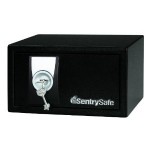
Keeping your cash and precious documents
I have a safe in the truck bolted to the chassis. Good to keep paperwork and passport in. The model I chose is this one. I wanted one that work with a key, which is getting more difficult to find since people now buy the electronic kind, with a code. I believe the key one are more robust, and you don’t want to depend on a battery when you need the content of the safe. Just make sure to keep the safe oiled and clean, since I had problems due to the dust creating problems with the mechanism.
Also, when I have to walk around with cash, I use this money belt.

